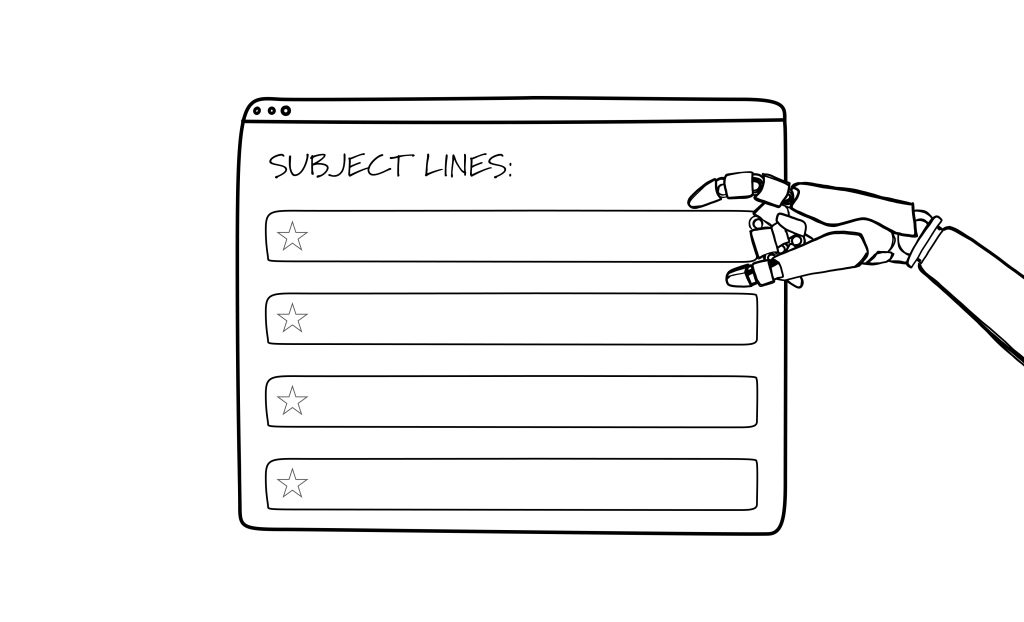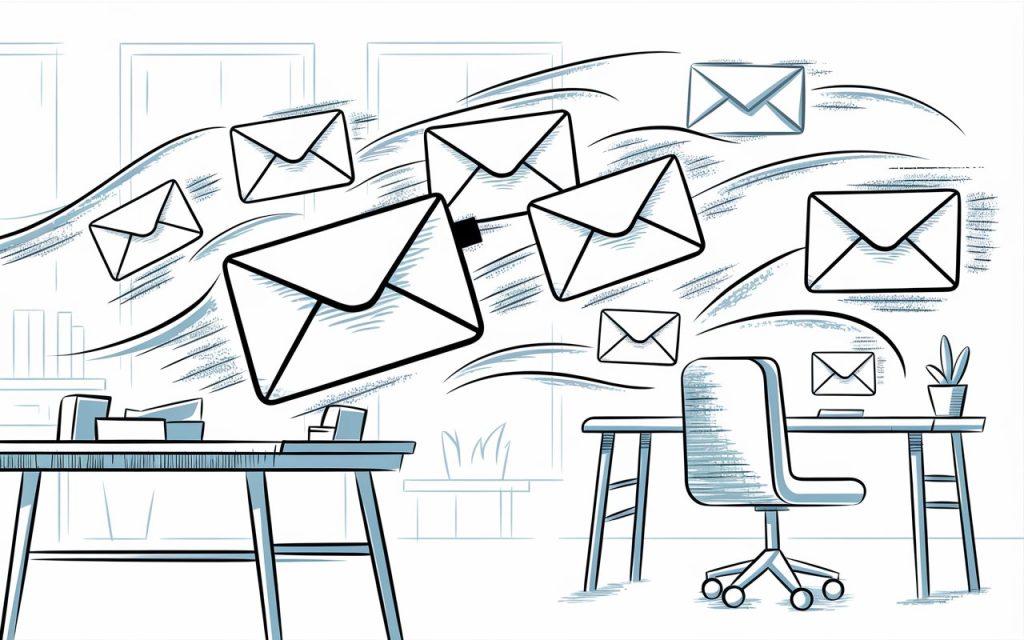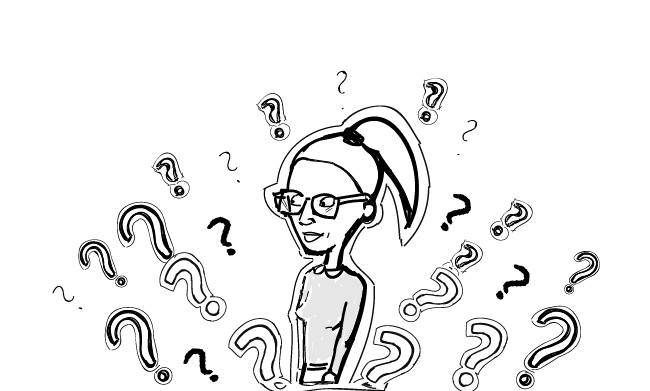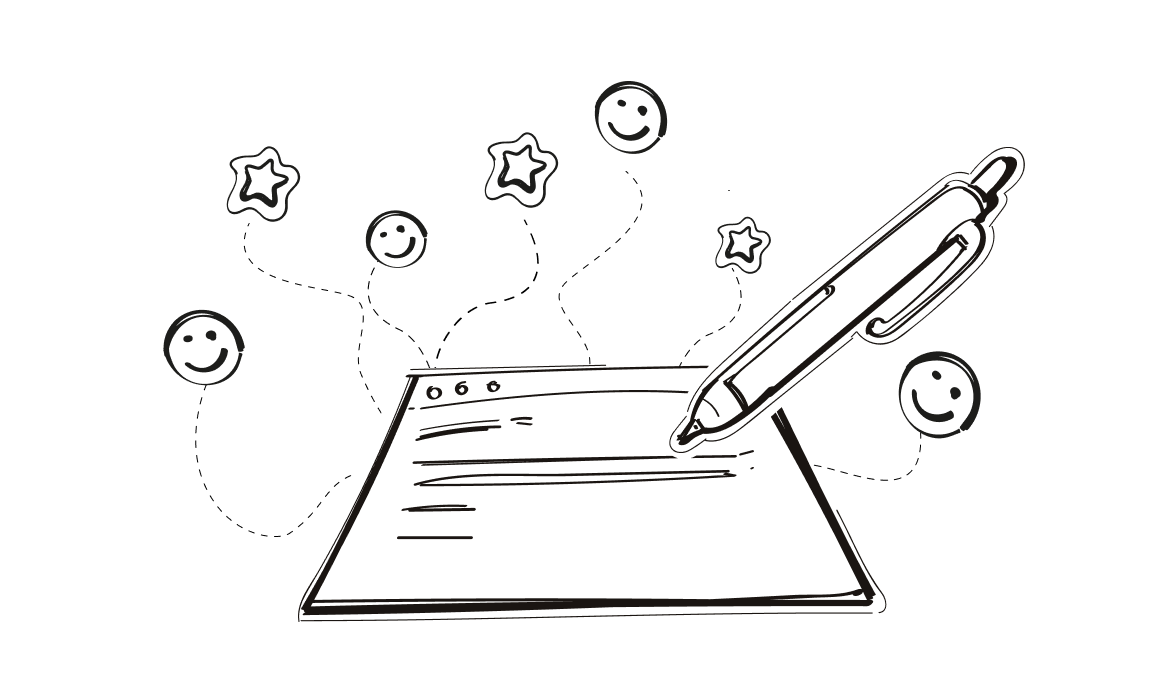Email communication in business is the lifeline of everything we do. It sounds simple, right? Type, send, and hope the recipient responds. But here’s the kicker: most people get it wrong. The proper business email format is one of those things that seems minor but can make or break your message. This article is going to shake things up, showing how common mistakes—ones you might think are small—can snowball into lost opportunities, misunderstandings, or worse, a damaged reputation. We’ll not only highlight the mistakes but also provide solutions, so you avoid these rookie errors and start sending professional emails that get results.
Subject Lines: Your First (and Maybe Last) Impression
If your subject line isn’t doing its job, the rest of your business email doesn’t matter. Many people make the mistake of writing generic or vague subject lines like “Meeting Request” or “Quick Question.” These don’t grab the recipient’s attention. What’s worse, they often get ignored.

The fix? Be specific and clear. Your subject line needs to convey exactly what the recipient can expect from your email. A properly formatted email starts with a subject line that addresses the pain point of the recipient. Example: “Proposal Review – Let’s Finalize the Contract by Friday” is much more engaging than “Follow Up.” The former immediately tells the recipient what they’re getting into, making them more likely to open it.
Professional Tone Without the Fluff
This one is critical: don’t get caught up in writing overly formal or unnecessarily lengthy formal emails. Long sentences with complicated wording? Not a good look. You may think you’re coming across as highly professional, but in reality, you’re just making it hard for people to understand you. Keep your emails concise, actionable, and direct.
However, being short doesn’t mean being robotic. Include a friendly note or a personal note to make your email feel more human. Remember, a brief introduction sets the stage but shouldn’t overshadow the main point. Want to keep things friendly but still professional? End your email with a warm yet professional closing like “kind regards” or “warm regards.” Just don’t default to the overly stiff “best regards” unless it’s absolutely necessary.
Skipping the Formalities
We’ve all done it—rushing through an email without an appropriate greeting or professional salutation. A professional email format should always include a respectful opening. Failing to address someone properly by their job title or recipient’s name can feel impersonal. No one likes being a faceless entity in the inbox.
Solution: Use their name. It’s one of the most powerful tools you have. For example, “Dear Mr. Johnson” or “Dear Hiring Manager” might be the difference between your cold email being ignored or taken seriously. A formal email doesn’t have to be boring or robotic. Show respect, especially if it’s a job application or a guest post request. Getting the tone right is everything.
The Format That Fails
This is a big one. The correct email format matters, especially when you’re aiming to look professional. A sloppy, cluttered email can make even the best ideas fall flat. What’s the biggest mistake? No structure. Some emails are a wall of text—hard to read and even harder to act upon.

The solution? Break your email into short paragraphs, use bullet points for clarity, and make sure there’s a clear call to action. The entire message should be scannable, with key takeaways obvious at first glance. On mobile devices, cluttered emails are a nightmare, so keep your professional email templates clean and simple.
Follow-Up Mistakes: When Silence Speaks Louder
Following up can be awkward. But it doesn’t have to be. Too many people either don’t follow up at all or send a desperate-sounding message. Neither works. Here’s a better approach: be polite, professional, and clear about why you’re following up.
Instead of writing, “Just checking in to see if you received my email,” try this: “Looking forward to hearing your thoughts on the proposal I sent earlier this week. I’d love to schedule a quick call at your earliest convenience to discuss the next steps.” This shows you respect their time and are still eager to move forward. Well-crafted follow up emails can show persistence without seeming pushy.
Personal Emails in the Business World
One rookie mistake that professionals often make is using a personal email address instead of a professional email address. It may not seem like a big deal at first, but when you’re sending business emails from a Gmail or Yahoo account, it just doesn’t look right. You lose a level of professionalism right out of the gate. Avoid the pitfalls of personal email by using coworking office space management software to standardise professional communication and help your business make a strong first impression.
The fix is simple: always use your company name in your email address, like “[email protected].” This adds credibility and assures the recipient that you’re serious about your business. Additionally, always sign off with a professional signature. Include contact details, like your phone number, title, and website. To make your communication even more professional, you can attach a consulting invoice template when billing clients for services. For simpler needs, many small businesses also rely on a free invoice template, which offers a quick way to create professional invoices without investing in complex software.
Skip the artsy fonts or weird emojis in your email signature.
The Job Application Black Hole
When applying for jobs, people often send the same email templates over and over, hoping one will stick. It won’t. If your job application is just a copy-paste exercise, hiring managers will notice. They’re looking for relevant details that show you’ve done your research on their company, and that you’re genuinely interested in the job posting.

Solution: Customize each application. Tailor your job application email to the specific role and recipient’s company. Mention the position directly in the subject line, and briefly describe why you’re a great fit in the first paragraph. Make sure your cover letter isn’t generic. Use a proper professional salutation, and don’t forget to double-check the email format—especially when attaching a cover letter.
Make Social Proof Work for You
Incorporating social proof is an often overlooked but highly effective way to make your business email format stand out. Whether you’re doing cold outreach or sending a job application, adding a bit of social proof can give your email that extra edge. For example, mention past successes, client testimonials, or how you’ve solved similar pain points for others.
In the case of a cold email, you might say, “I’ve worked with several companies in your industry, helping them improve their conversion rates by 25%. I’d love to help you achieve the same.” This shows the recipient that you’re credible and that others have trusted you with their business before.
Thought-Provoking Questions

- Subject lines often determine whether your business emails get opened or ignored—are your subject lines truly addressing a key pain point, or are they too generic to grab attention?
- When crafting a professional email, do you tailor it to the recipient’s job title and specific role within their company, or do your emails feel like one-size-fits-all messages?
- Are your follow up emails personalized enough to engage the recipient on a human level, or do they come across as another checkbox in your email marketing strategy?
- How does your email signature reflect your company name and position in the industry? Is it enhancing your brand’s credibility, or could it be more impactful?
- When you include social proof in your professional emails, are you providing real value that showcases your expertise, or does it feel like an afterthought that doesn’t resonate with your audience?
- Do you rely too heavily on a professional email format to save time, potentially sacrificing meaningful engagement with the recipient’s name and company?
- Are you overusing best regards and other formalities, making your sign-offs predictable and disengaging? How could a more thoughtful closing statement, like “looking forward to hearing from you,” bring more warmth and professionalism to your message?
These questions encourage critical thinking about how we approach business emails and highlight areas where a small shift can make a significant difference.
Pros and Cons of Using Email Templates for Business Communication
Pros
- Saves time: Using an email template and content automation tools allows you to quickly craft messages, especially when you need to send multiple emails with similar content, such as cold emails or follow ups.
- Ensures proper email format: Pre-designed templates help maintain consistency and guarantee a proper email format, including the appropriate salutation, structure, and important details.
- Avoids lengthy sentences: Templates often streamline the message, focusing on the main points and reducing the risk of overly lengthy sentences.
- Captures key information: A well-crafted template includes all key information and prompts for filling in the extra details that might be relevant for each recipient. To save time, you can also use an email response generator, which can quickly customize and generate replies based on the context of the conversation.
- Easily adaptable: You can modify an existing formal version of a template when you’re addressing different needs, such as a new position or following up on a previous conversation.
Cons
- Lack of personalization: Relying heavily on templates can lead to impersonal messages, making your recipient feel like just another name on the list—especially in cold emails.
- Overlooking extra details: Important customization elements, such as adding context or responding to specific concerns, might be missed if you’re simply filling out the blanks in a follow up email.
- Potential for repetition: Reusing the same email template over time can make your communication feel stale and repetitive, reducing engagement.
- Risk of missing nuances: Templates may not account for subtle, situation-specific tones, such as choosing between a formal or casual approach depending on the recipient’s expectations.
- Limits creativity: While templates provide a starting point, they might limit how flexible or creative you can be with your message structure, especially when addressing follow ups that require more tailored responses.
The Big Picture: It’s About the Details
At the end of the day, what separates a rookie from a pro in email communication is the attention to detail.
The key points—like a proper business email format, a professional signature, briefly describing your value, and ensuring there’s a clear call to action—all work together to create a powerful email. Avoid lengthy, meandering sentences that obscure your main point. Instead, craft messages that respect your recipient’s time and get to the point quickly and effectively.

By avoiding these mistakes and applying the solutions mentioned, you’ll not only improve your professional email format but also build stronger business relationships. So take a step back, revise your process, and watch how a few small tweaks can make your emails unstoppable. Keep things simple, to the point, and always on the same page as your recipient.
Future Implications
As business emails evolve with AI-driven tools and automation, personalization will become increasingly crucial. While templates and AI can save time, the balance between efficiency and genuine connection will grow harder to strike. Job titles and personalized greetings like “Dear Mr.” may shift to a more tailored approach, where systems pull real-time data to address the recipient’s name and specific context. AI note-taking tools can also streamline follow-ups by capturing key details, ensuring efficient and accurate communication.
Crafting the brief introduction with authentic social proof and a clear call to action will demand more precision, especially as recipients become savvy to automated messaging. Moreover, the value of a professional signature that conveys key company details will remain, though adapting it for emerging communication platforms may become essential. The real challenge lies in keeping the main point professional yet engaging, ensuring every follow up email reflects the thoughtfulness that recipients will look forward to.
FAQ
What is the format of a business email?
A business email follows a specific structure that includes a clear subject line, an appropriate greeting (e.g., “Dear Mr. Smith”), a concise body that highlights the main point, and a professional closing such as “best regards.” It also includes a professional email signature with contact information, ensuring the proper email format and making the message clear and professional.
Is info@ a business email?
Yes, [email protected] is considered a business email address, typically used for general inquiries. However, it lacks personalization. For more professional interactions, using a personalized email (e.g., [email protected]) can make communication feel more direct and trustworthy, especially when reaching out for formal business purposes or building client relationships.
How to write a business email?
To write a business email, start with a clear subject line. Use a professional greeting (e.g., “Dear Mr. Jones”), followed by a brief introduction. In the body, address the main point and any relevant details. End with a clear call to action and sign off with a professional closing such as “kind regards” and an email signature that includes your company name and contact information.
What is the structure of a business email?
A business email structure includes the following:
- Subject line: Clearly states the purpose.
- Greeting: Address the recipient politely.
- Body: Start with a brief introduction, followed by the key points or requests.
- Closing: End with a polite sign-off (e.g., “best regards”) and a professional email signature with contact information.
This format ensures professionalism and clarity in communication.
What is the standard email format?
The standard email format consists of a well-organized layout: a concise subject line, a respectful greeting, a body that focuses on the main point without unnecessary information, and a professional signature. The message should also include a polite closing remark like “best regards” or “kind regards,” with all key information neatly formatted.
What is a good business email example?
A good business email example might look like this:
Subject: Proposal for Marketing Collaboration
Dear Mr. Smith,
I hope this message finds you well. I’d like to discuss a potential marketing collaboration between our companies. Could we schedule a call to explore this further? Looking forward to your response.
Kind regards, Jane Doe
Marketing Manager
ABC Company
(555) 555-5555

